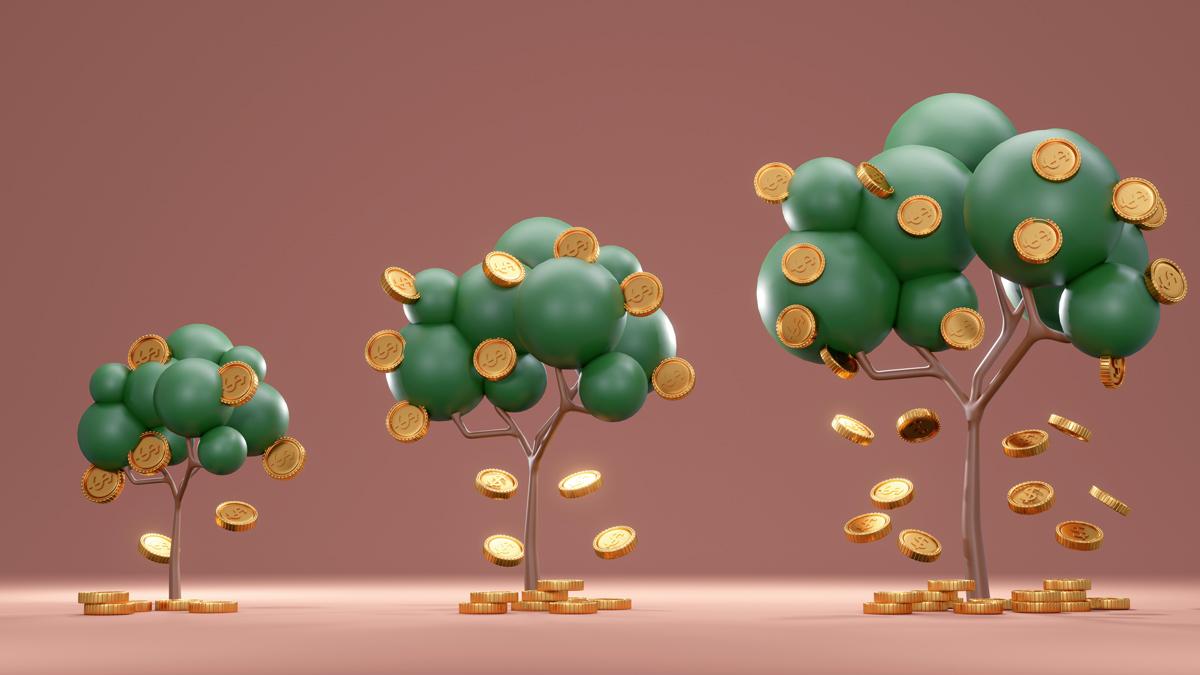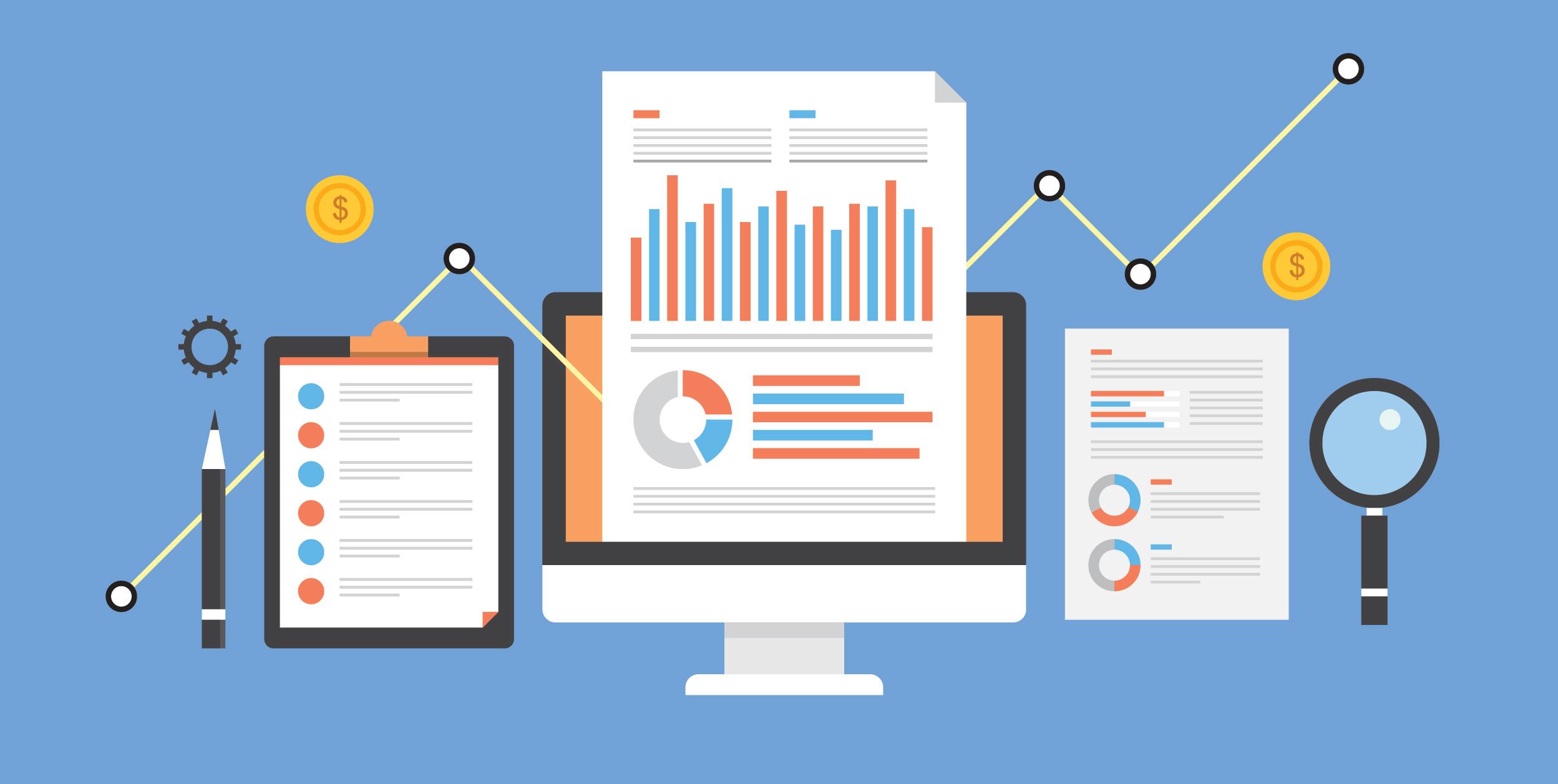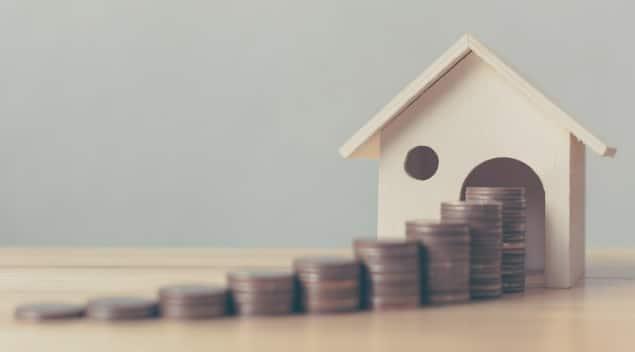
How to Build a Property Portfolio with $100k or Less
Starting your property investment journey can seem daunting. There’s lots to research and plenty of new skills to learn, but growing a property portfolio is the best way to reach your financial goals.
Getting your property portfolio off the ground requires an initial investment of cash. Same as when you bought your family home, you will need an amount to cover tax, fees and the down payment.
The good news is that you may already have the money you need to get started!
Most investors begin by investing the equity that exists in another property, such as the family home. If you own a property that has grown in value, you’re probably in a good position to purchase your first investment!
In this article we’ll discuss how to build a property portfolio with $100k or less, and we’ll look at how you can turn your equity into one, two or more investment properties.

Property Investment Masterclass
We will show you, the system we’ve developed with…
20 years+ experience in property investing and
6,500+ clients coached in 2 countries…
Build a multi million dollar portfolio in under 10 years
How to Build a Property Portfolio with $100k or Less
Step 1. Decide on an Investment Strategy
There are a number of investment strategies that can help you grow your wealth through property. For first time investors, we recommend the Buy and Hold method.
Buy and Hold is a property investment strategy where you purchase a home, collect rental income to offset mortgage repayments, and sell the home several years later to collect the capital gains.
This strategy is simple, and it’s a highly effective way to grow your wealth, generate passive income and hit your long-term financial goals.
Step 2. Improve Your Loan Serviceability
If you are starting with $100,000 in equity (or less – you can start investing with as little as $50,000 to $60,000), you will need to borrow money to start your property portfolio. That’s totally normal. The only thing to keep in mind is that the amount of money you can borrow is affected by your ability to “service” (e.g. repay) the loan.
You don’t necessarily need to borrow as much money as possible to invest. In fact, we’d recommend spending conservatively to reduce repayments and improve cash flow.
However, you can improve your loan serviceability and borrowing power by:
- Reducing credit card limits and debt
- Paying down loans (such as personal loans, mortgages and car debt)
- Avoiding new credit enquiries
- Earning more income
- Showing a history of savings
- Improving your credit score
Step 3. Research Local Property Markets
Every investment begins with thorough research into local markets. You need to know obvious details such as property values (and what you can or can’t afford), but you should also consider:
- Rental populations
- Rental vacancy rates
- Estimated rental yield
- Historical capital growth rates
- How major projects will affect property values
- Suburb and property appeal
These things help narrow down which areas are within your budget, and which areas will provide the returns you need to build your investment strategy.
Read Our Ultimate Property Investment Strategy Guide
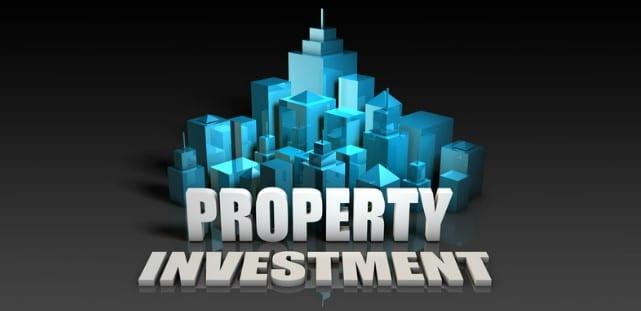
Step 4. Perform a Property Portfolio Analysis
You’re almost ready to purchase your first investment property! As you narrow down your selection, perform a property portfolio analysis to see how each potential investment will affect your portfolio.
During your analysis you should consider the major marketplace and cash flow scenarios. What happens if interest rates continue to fall? What happens if they continue to rise? Should you positively or negatively gear the property? What does the rental demand look like?
These questions can all be used to determine which investments are right for you, your portfolio and your investment strategy. You may need to seek advice to answer some of these questions. Experienced investors, investment professionals and financial advisors can all help you analyse potential scenarios.
Step 5. Purchase Your First Investment Property
It’s finally time to purchase your investment! Australia’s median property prices mean that you will typically be limited to buying one property with your existing equity:
|
Capital City |
Median Dwelling Value |
|
Sydney |
$1,031,138 |
|
Melbourne |
$751,125 |
|
Brisbane |
$705,016 |
|
Adelaide |
$650,981 |
|
Perth |
$572,837 |
|
Hobart |
$648,811 |
|
Darwin |
$484,483 |
|
Canberra |
$839,732 |
Source: CoreLogic
The only decision you need to make is whether you can purchase two properties instead.
In many cases, purchasing two properties is a good way to kickstart your portfolio, but you shouldn’t compromise on capital growth or rental income to do so. It’s more important to purchase a single property that acts as a secure investment, rather than trying to grow your portfolio quickly.
Step 6. Work Towards Your Next Deposit
You’ve purchased your first investment property! But how do you afford the next one?
Many investors make the mistake of saving hard to purchase their first property, and then let the habit fall by the wayside. The reality is that investors need to continue saving, especially in the early stages of building a portfolio.
There are several ways you can grow your savings while investing:
- Consider purchasing a cheaper investment with lower repayments
- Manage your personal expenses
- Minimise lines of credit (such as credit cards, car and personal loans)
- Switch to an interest-only mortgage
- Refinance your mortgage for more favourable repayment terms
- Increase the amount of rent you are charging
While increasing your savings is an important part of investing, most investors purchase properties using the equity in their portfolio. However, the money you save can still go towards your portfolio, and being able to show a strong history of savings will help you when applying for mortgages.
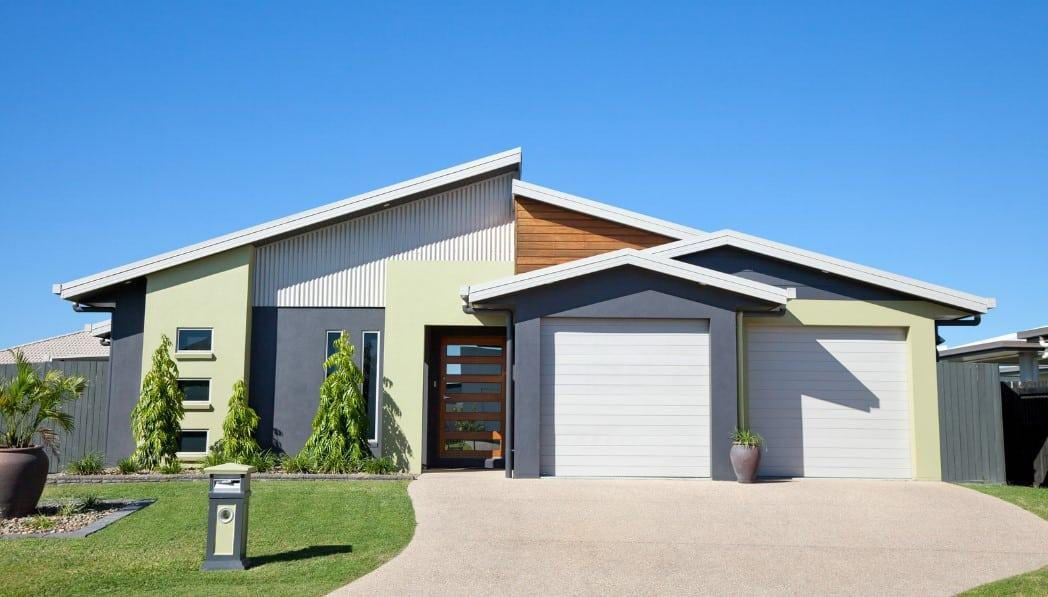
Step 7. Use Equity to Purchase Your Second Investment Property
Making the leap to your second investment is the hardest part of building a portfolio.
Happily, just like you did with your first investment, you can use the equity in your portfolio to buy the next property.
For example, if you purchase an investment home for $600,000 and it grows in value to $650,000, you have $50,000 of equity available in that investment. When you apply for a mortgage on your next investment, you can use that $50,000 to help secure the loan.
You can’t buy a property using equity alone – you still need a stable income and the ability to service the mortgage, but this method allows you to grow your portfolio much faster.
Step 8. Consider 95% Home Loans
This isn’t necessarily the final step to building your property portfolio. It’s something you should consider each time you purchase an investment.
Many lenders now allow you to borrow up to 95% of a property’s value. That means you only need to provide a 5% deposit to secure each investment. This allows you to secure investments with far less than $100,000 in equity.
Be aware that 95% loans come with compromises. You only need to provide a small down payment, but you will be required to purchase Lender’s Mortgage Insurance (LMI), you may receive less favourable interest rates, and your repayments will be higher.
The good news is that it’s always possible to refinance your loan as your portfolio and investment strategy changes. That can help you to secure additional investment properties without negatively impacting your cash flow.
Learn How to Turn $100k Into an Investment Portfolio with
TRC-Gorod!
Spending your hard-earned money on investment properties can be tricky and stressful. There’s lots to learn, and managing your risk can be a challenge.
If you don’t know where to start then we always recommend seeking professional advice. The seminars and coaching sessions offered by TRC-Gorod can equip you with the real-world skills you need to succeed!
You can contact us online to find out more, or book a property investment seminar to get started with TRC-Gorod!
Recent Articles
The Equity Tactic For Excelling Your Property Portfolio
While long term we know that cash flow is dependent on a good rental income, capital growth is the quickest way our property can pay us back. This comes down to having some smart tactics to get the most out of every dollar of value in our investment properties – something we like to call equity lock.
Are You at Risk of Losing Millions?
Considering that all major Australian cities are coastal, and most of the richest neighbourhoods are beachside, the growing threat of severe weather incidents due to global warming throws a serious spanner in the works when considering where to buy and invest. If you’re a climate change sceptic, we’re not here to judge. But that position isn’t going to help you if the institutions you rely on to protect your assets won’t have a bar of your $3 million beachfront house.
The Best Home Loan for Property Investors
Deciding on the right loan structure as a property investor, is a little bit like choosing the right outfit on a first date. It depends on what stage of life you’re at! If you’re new to the game, something a little daring might work best. Later on, you might want to play it safe. It’s the same for property investment and the stage you’re at reflecting how risky or safe your loan structure needs to be. Here we weigh up the pros and cons of principle and interest loans vs interest only loans for property investors.
The Three Golden Rules of Selling an Investment Property
Rules are an important part of life. And rules in most cases, are really just another word for common sense. They give us a clear framework around many important aspects of life, so it’s no surprise when it comes to selling your investment property, there’s a number of rules you need to follow in order to get the best result.
If you want to know when to sell an investment property, or even if selling an investment property is a good idea, all you have to do is read the rules.
Use Debt To Create Wealth in 3 Simple Steps
Most of us were raised with the idea that debt is bad. Debt drags you down. Rich people are never in debt.
While that may have been true for our great grandparents, it’s no longer the case. Debt is one of the keys that can unlock future wealth as a property investor. The more good debt you have, the more income you can create.
But, before you go out and put yourself $1 million in the hole, let’s talk about the right kinds of debt. The debt that’s going to lead to success, not ruin. This is called…
Harness Data To Help Guide Property Investor Profits
I’m sure you’ve heard – data is the new currency. It’s the next big thing for business and it will be a catalyst for driving the world forward over the next few years. Learning how to harness the power of data in property investing, will be a secret weapon all investors can use to create more wealth. So, what is data? It’s information, insights and predictions that property investors can use to help them make smart property purchases.
A Lending Boom Is Coming Are You Ready?
After a lot of bad news over the past 12 months – thanks a lot COVID-19 – it’s nice to be able to kick off 2021 with some good news. There’s going to be a lending boom which, if you have your property investment strategy in place, is going to make your life a whole lot easier so you can build your property portfolio faster and cheaper.
What Is the True Value of Your Investment Property?
Like a fine wine, the value of property gets better over time. Traditionally, the more time you have an investment property, the higher the value will rise.
However, unlike your favourite Shiraz, property values can go up and down, and up again.
Getting to know how, why and who is valuing your property can help us understand what property to invest in.
There are three ways to value a property – and three very different people doing the valuing.
The 3 ‘Big Rocks’ of Property Investment Success
What are your Big Rocks this year? What are your Big Rocks for your property investing journey?
If you’re scratching your head and wondering if you’ve accidentally stumbled across a blog for construction workers, bear with me.
Big Rocks is a concept often used in business or life coaching to essentially describe your priorities. The theory is, if you don’t have clear priorities, or if you have too many, chances are you’ll let smaller issues distract you and ultimately fail in your goals.








